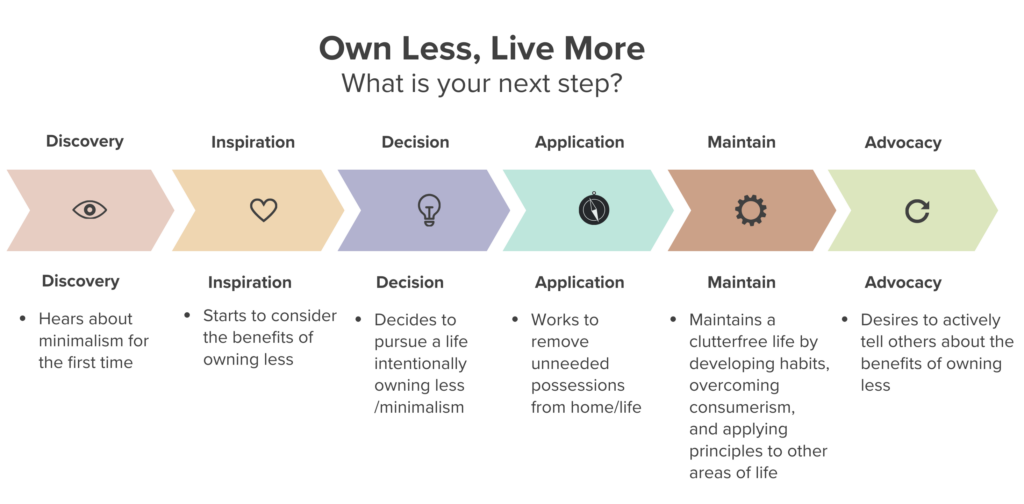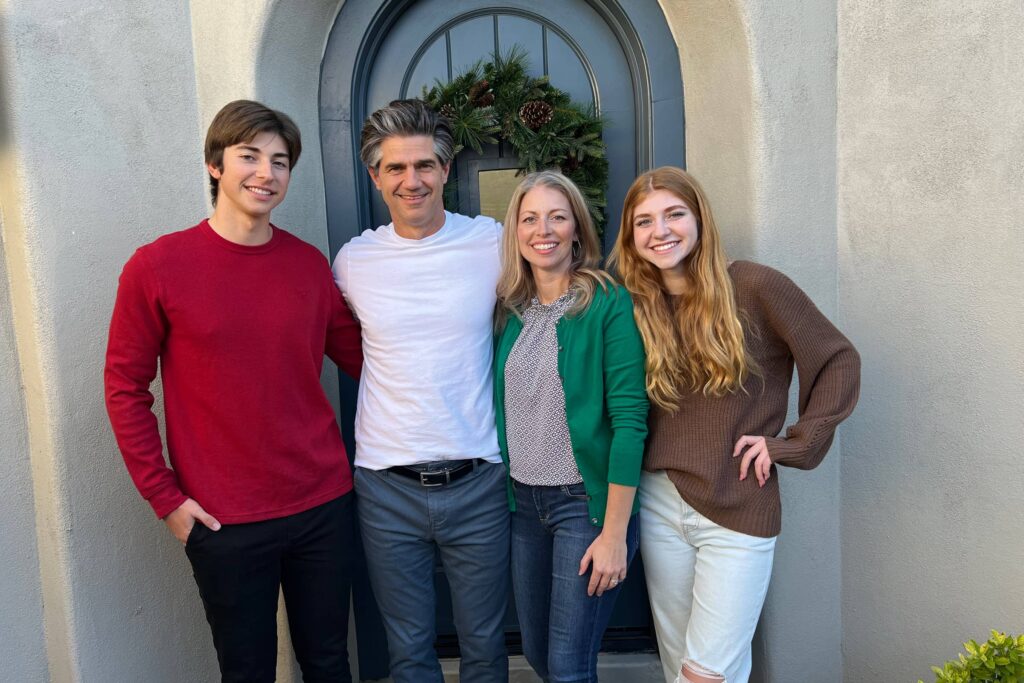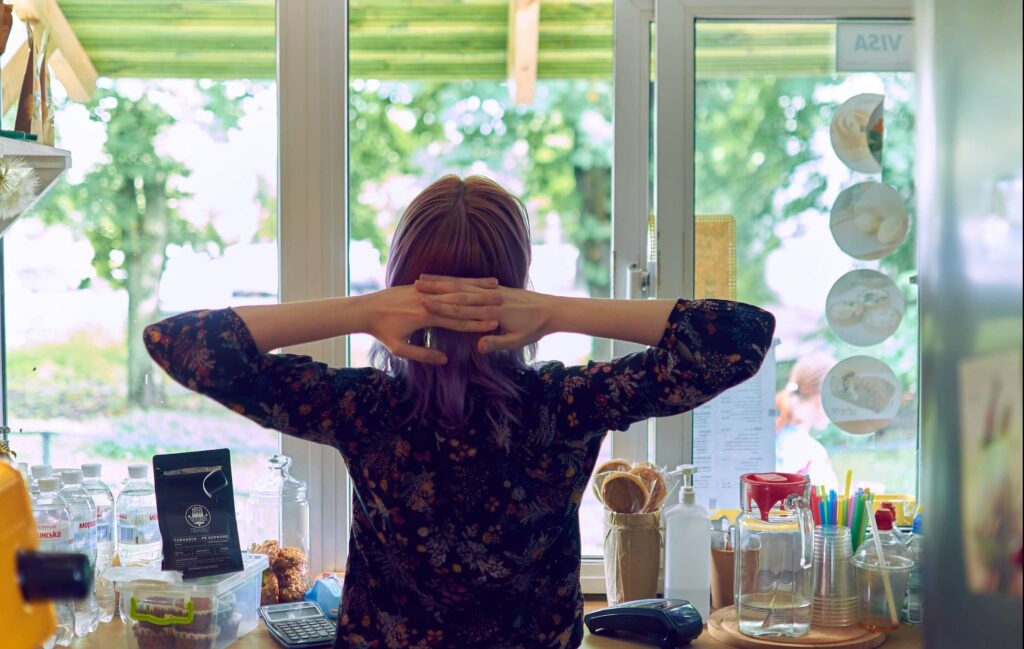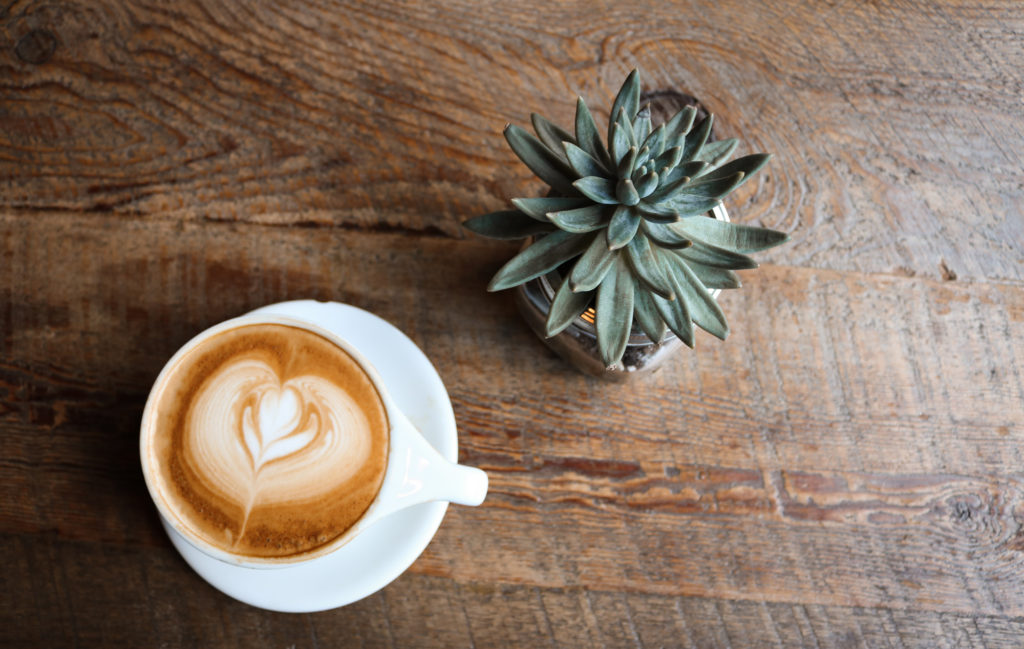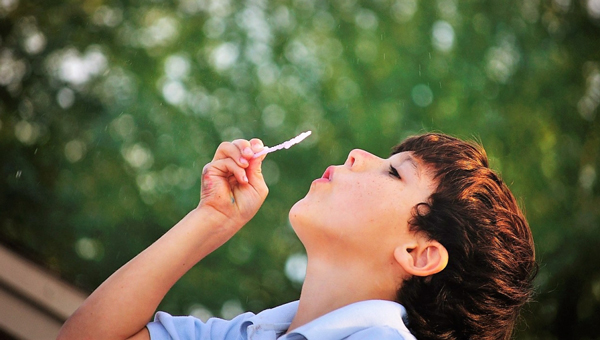
“Simplicity, clarity, singleness: these are the attributes that give our lives power and vividness and joy.” – Richard Halloway
The minimalist life holds benefits for all.
Numbers of parents think a minimalist lifestyle is simply out of reach because they have children—as if the two are somehow incompatible. But that is not the case. As I explain in Clutterfree with Kids, the principles of minimalism are completely within reach no matter how many children you have or where you live.
And not only is minimalism completely possible with children, it is a lifestyle filled with benefits for them! Since becoming minimalist, I have been continually amazed at some of the lessons my two young children have learned. Over the past years, they have learned:
- That we don’t need to buy things to be happy. We own far fewer things than we did years ago. We purchase far fewer things than we did years ago. Yet, we are far happier than we were years ago. Go figure.
- That we don’t need to live life like everyone else. Even though they are not quite old enough to understand all of the intricacies of our minimlist life, they completely understand that we have made a decision to live different than most people in our neighborhood. Our lifestyle has given them permission to live a counter-cultural life.
- That we live within our means. Although our children are not balancing our checkbook, they do hear us speak often about debt, the joy of not being in it, and our desire to stay out of it.
- That we think carefully about our purchases. Because we believe in giving them ample opportunity to find/grow in their interests, we still need to buy things like toys, school supplies, art supplies, and sporting goods. We just think through our buying decisions more carefully. This is an invaluable lesson for children to learn as they get older. We no longer buy something just because we have the money, we buy things because we truly need them.
- That we gladly share with others. Since we became minimalist when they were young, they have grown up watching us donate many of our belongings to others. They have seen generosity in action.
- That clutter is a drag. They have seen how minimalism creates a home where clutter is scarce. And when it does show up, it can be quickly remedied—and usually is.
- That we love spending time with them. Our minimalist home has allowed us the opportunity to spend less time purchasing, cleaning, organizing, and sorting things. We have gladly replaced that time managing stuff with spending time with them.
- That we are in control of our stuff. Not the other way around.
Minimalism with children is entirely possible. However, it does require a little more effort, a little more thoughtfulness, and a lot more patience. As you embark (or continue) on the journey, here are some practical steps to consider:
1. Explain your decision. Your children are thinking human beings. Therefore, no matter their age (our son and daughter were only 5 and 2 at the time), sit down and explain your decision to them – include the reasons why you are choosing to become minimalist and the benefits you are hoping to receive from it. And because teenagers typically jump to far-reaching conclusions, assure them that your decision does not mean you are no longer going to buy anything… it just means you are going to intentionally think through your purchases in the future.
2. Begin minimizing your possessions first. Minimize your personal belongings first and your shared family belongings second. It would be unfair to ask your child/teenager to thoroughly adopt the lifestyle until you have done it personally. Also remember, you will learn valuable lessons when you remove your personal clutter – valuable lessons that will put you in a better place to help your son or daughter navigate their journey.
3. Remove the items they do not use first. Minimalism is about paring down to only the essentials. It is about removing the things in our life we don’t need so we can focus on the things that we do. And while most homes are filled with things that are not needed, they are also filled with things that are not even used. Start there. You can begin by removing the clothes they no longer wear, the toys they no longer they play with, and the other things they no longer use. That’s an easy first step. As you begin there and talk them through the process, they may begin to naturally start asking themselves the question, “How much of this other stuff do I really need anyway?”
4. Focus on the positives. As you begin to see the benefits of minimalism in the life of your children/teenagers, point them out and focus on them. Just because you are observant enough to notice them, doesn’t mean they see it quite as readily as you. Does their room appear tidier? Do they spend less time cleaning? Is it easier to find things? Can you notice less stress or less distraction? Are you more relaxed as a parent? Encourage each other with the positive benefits that you notice.
5. Treat them to fun experiences. One benefit of minimalism is that you spend less and have more time on your hands – so you should have some extra disposable income and the time to do something with it. Use it to create fun, family experiences. Do something new that everyone will enjoy. Take a trip to the beach, the amusement park, or a weekend in the city. You don’t need to spend all of your new found savings on one trip (especially if you are trying to get out of debt in the process), but a practical experience that highlights the benefits of your decision can go a long way in helping your children understand your minimalist decision.
6. Choose your purchases carefully going forward. You will still need to buy things going forward. Children will outgrow their clothes, their toys, their school supplies, and their sporting goods. They are not going to stop growing and developing. You are absolutely still going to buy things going forward… you are just going to put more thought into your purchases than you did in the past. Replace “Do I want this?” with “Do I need this?” And help your son or daughter ask the same question. It’s one of the most important lessons they will ever learn.
7. (A word about gifts). We have taken the approach of still allowing our relatives the opportunity to buy gifts for our children. It is an expression of their love. They desire to show their love by giving gifts and our children feel loved when they receive them. We did not want to take that away from our family. However, we have tried to communicate with our family ahead of time and offer them a suggested gift list of things they need prior to birthdays and holidays.
8. Be patient. Be patient with your family. Offer them plenty of time to adjust to minimalism rather than being pushed into it. Minimalism is a lifestyle that needs to be believed in and adopted. Show them plenty of patience. And after all, if it took you 30 years to adopt the lifestyle, it would be foolish to assume they will fully adopt it in 30 minutes… or even 30 days.
Let me assure you. Minimalism is completely achievable and beneficial for you and your family.
